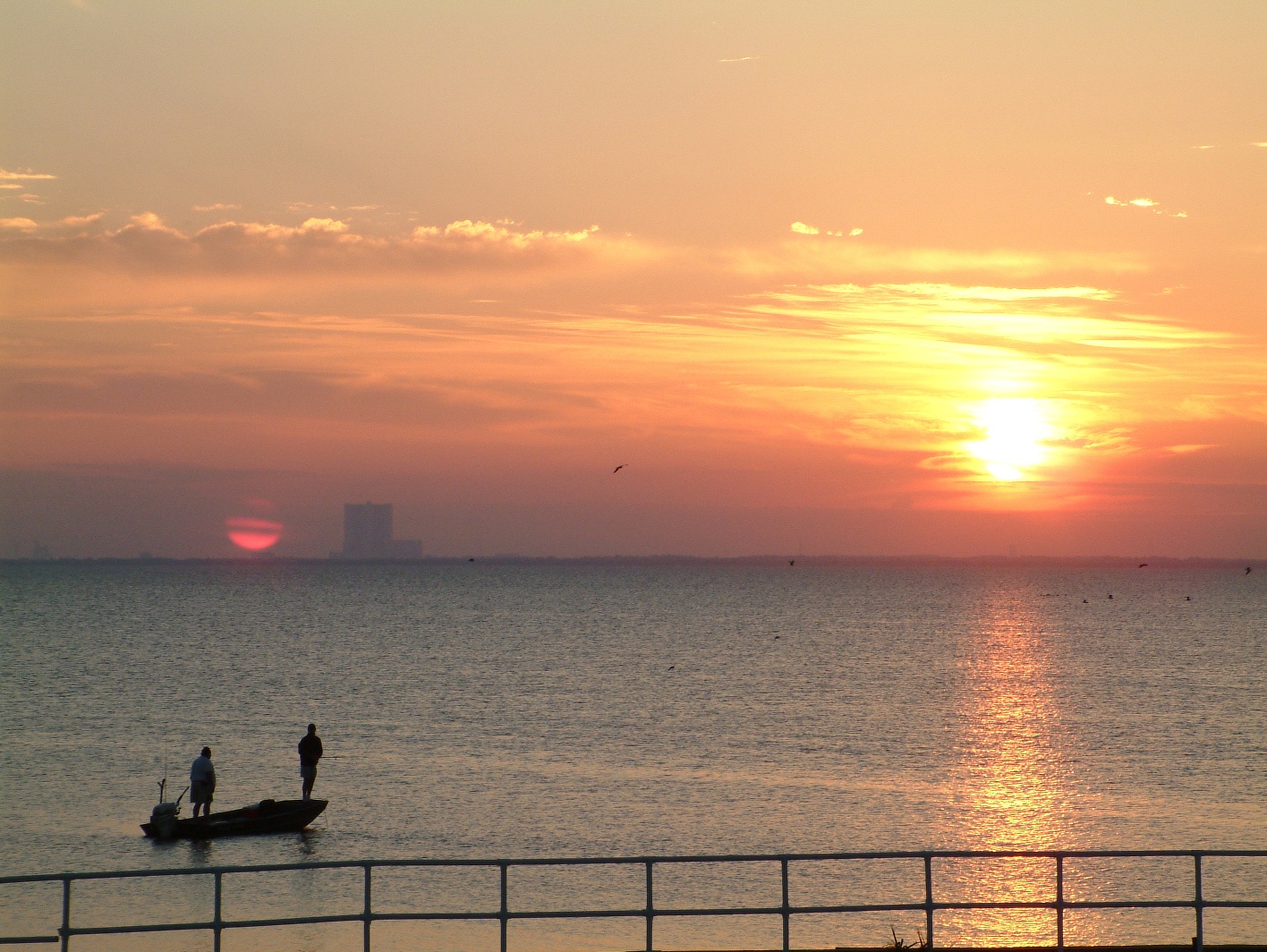I’ve taken to writing a few things about what happened in each year of the same number as the communication that I post. I’m can only vaguely remember why I started this and I will do my best to explain. I also want to give some reasoning to point out that I’m not a complete shit and quite respective of other cultures [generally].
Quite a while ago the number of communications written for this site was a question in a quiz at work. I was somewhat surprised that people cared enough to try and create a question based on what I write but you should also be warned that a lot of flattery is just used sarcastically. Anyway, I started adding the odd tweet after a communication tweet just saying what number those words were.
Number 1806
— Ian Parish (@iparish) February 6, 2021
I think I might have started doing some “year” things way back in communications 1660 or so as it seemed that a lot was happening around the world that time and maybe I should just add it as a feature of this site. I think I gave up. I’m not sure what happened and I’m not even sure how long ago I was writing those communications. FYI I’m also considering shortening “communication” to Comms but that just feels wrong at the moment. I made a conscious choice to call these things communications and so I should continue to use my own terminology.
Recently I have been heading to communication number 2000 and so I wanted to make sure that I mark that with the respect that is suitable and required. Also, I wanted to mark some of the things in history that I feel people might not know. Most of the things I have written at the bottom of my verbiage aren’t going to be the most famous events that people seem to know. I have deliberately chosen particular happenings that I think tell a story or give some ideas of the human sacrifice to get us to this point.
The things I chose to write at the end of each communication are what I find interesting. I’m trying to point out the tragedies, the hard fought rights, the little things that show just how terrible and horrible we are as a species to our fellow people. Once of the things I have learnt in the short period that I’ve been doing this the amount that countries/governments/organisations have changed over a short period of time. In the early 1900s as I am now the “west” are still carving up Africa and the Middle East along with massive political changes in the far east. It’s quite amazing really. I wonder if growing up in the relative stability of the Cold War gave me a false sense of security with the political organisation of the world. As I write this Afghanistan is going to shit, again.
There is quite an issue with dealing with what year it is. I am using the calendar of the “common era” or at least the one that most of the world agrees to use to cope with organising business. I do not endorse that particular calendar or any other. Many cultures use different calendar systems and as explained in this podcast the casual use of language can really exclude or affect many people.
So, here we go with a few things that happened in 1932 [according to the common calendar].
- The Anglican church bans the church re-marriage of divorced people.
- Johnny Weissmuller first stars as Tarzan. I write this as those films were such a part of my childhood and I now suspect they are hugely problematic!
- WW1 veterans march on Washington DC to claim money they are owed – clearly Govt gives very few shits about the human cost of imperialism and armies.
- A hurricane kills around 2500 in Cube.





